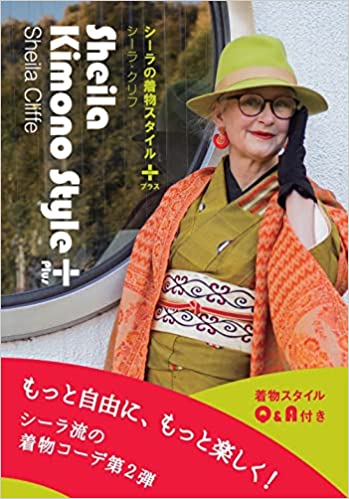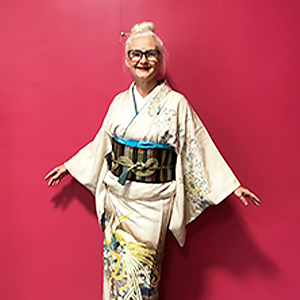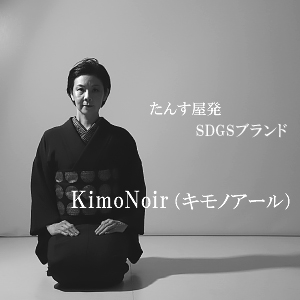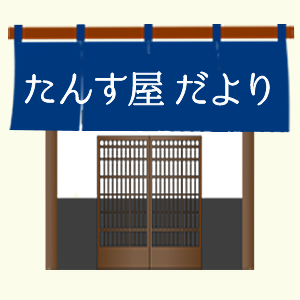2022年04月22日
シーラ・クリフの -元気・笑顔・着物-(第10回 男物)
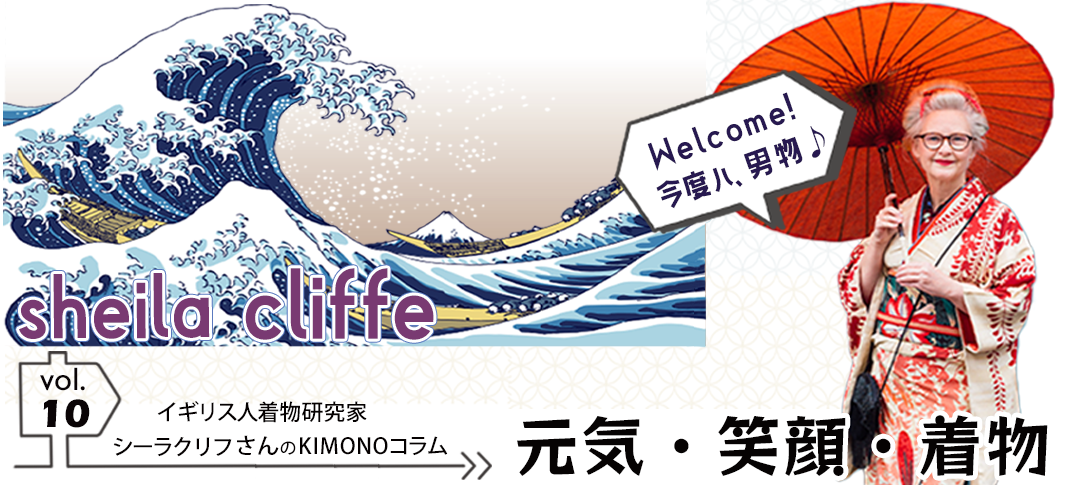
かつて華やかだった男物
着物研究家のシーラ・クリフです。
男性の着物についてはそこまで詳しくはないのですが 、歴史的にみたとき、男性の着物と女性の着物にあまり違いはなかった、というのが興味深いところです。江戸時代までは男物であっても、刺繍(ししゅう)や絞り(しぼり)やいろいろな柄(がら)が入った、とてもカラフルで鮮やかなものでした。柄物や白無垢(しろむく)すら着こなしていたのです。
また、徳川家所蔵の男性用衣裳のいくつかには、すばらしい友禅模様が施されていて、これこそ真に美しい美術品と言えます。2020年に上野の東京国立博物館で開催された特別展「きもの KIMONO」で展示されていましたね。
この展示会には火消し半纏(ひけしはんてん)のコレクションもありました。武者絵や鬼、巨大な鯉、雷神といった、とても男っぽい浮世絵が描かれています。刺し子木綿製で、火消(現在の消防士)の身体を守るために水をぶっかけて用いていました。浮世絵が施されているのは内側で、鎮火後に上着を反転し、絵を表側にしてかちどきをあげていたといいます。


ダンディズム香る長襦袢
江戸時代の貴族は、着物にあわせてすごく立派な小物を所持していました。小物入れ、煙草入れ、キセル入れなど、いずれも木や漆(うるし)、骨などの素材に美しい絵柄を施していました。江戸の男性って、とてもダンディーだったのですね。
江戸時代以降になると絵柄はインナーへと移っていきます。私は、趣味が高じて男性用の長襦袢(ながじゅばん)を集めていたりします。スポーツ、戦記物、美人画、乗り物など、おもしろい題材ばかりです。男性が日常生活で抑制的になるにつれ、もはや公共の場では、鮮やかで表現豊かなアウターを着ることができなくなっていきます。そんな中でも長襦袢だけはプライベートな世界として自分らしく表現することができたのでしょうね。

男物におしゃれ感復活の兆し
昨今の男性の着物は、スーツばりに地味なものが多いです。男性の着物に楽しい柄が染められているほうが少ないといえます。中古の男物着物にしても、大島もしくはそれ以外の織物で、青系や茶系のものが大半です。
しかし、そんな状況に変化が起きようとしています。織り手や染め手が、男性用着物に柄を取り入れる風潮が増しています。男性によっては、より挑戦的な帯を使ってコーディネートする人も出てきています。たとえ素朴な着物であっても、柄物の衿(えり)や帯を組み合わせていけば、それだけ華やかになりますし、とてもファッショナブルですね。
私は、日本の男性について、スーツよりも着物の方がずっと似合っていると確信しています。男性が着物を着ている姿は、最高に素敵で大好きです。
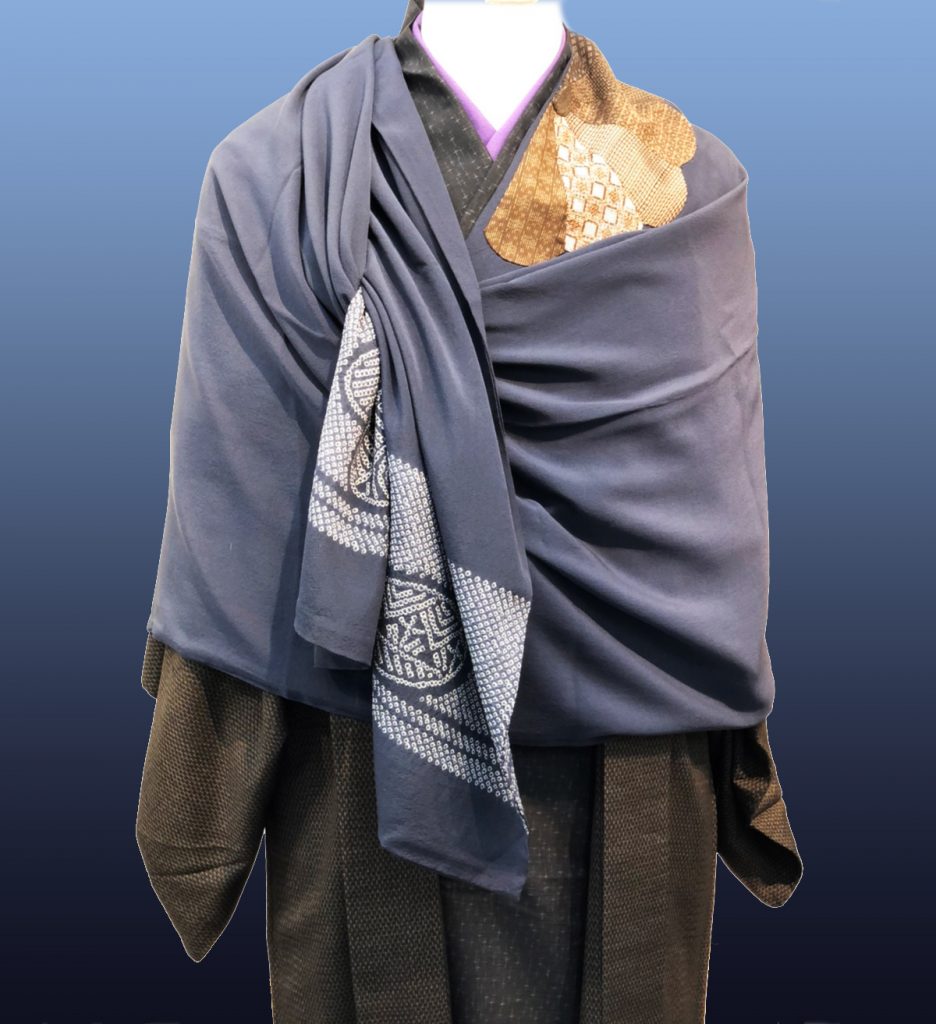
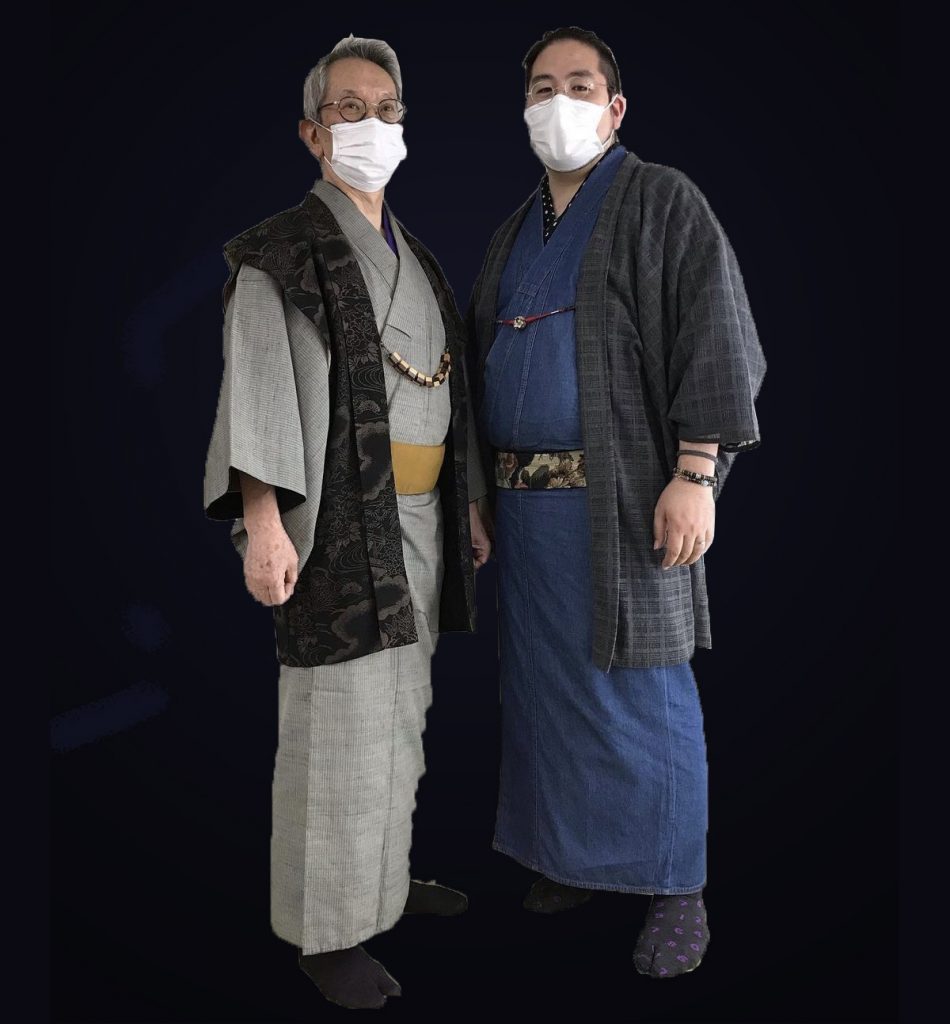
English
Tansu-Ya Blog 9. March 2022
I don’t know a lot about men’s kimono. I do think it is interesting that historically there was not a lot of difference between men’s and women’s kimono. Up until the Edo period they were also colourful and brightly patterned with embroidery and shibori and multiple patterns. Men could wear patterns and even white kimono. Some of the men’s garments of the Tokugawa family are really beautiful works of art, and include fabulous yuzen patterns. They were shown at the 2020 kimono exhibition at the National Museum in Ueno. They also showed a fine collection of fireman’s jackets. They have very masculine ukiyoe painted on them. Pictures of great warriors or devils, giant carp and thunder gods. The jackets are made of sashiko cotton. They were soaked with water to protect the firemen. The paintings were originally on the inside, but after the fire was extinguished they reversed the jackets to reveal the patterns and show how manly they were in victory. Edo period gentlemen also had very fine komono accessories with their kimono. Small bags, tobacco pouches, and pipe cases all showed beautiful designs on wood, lacquer, bone and other materials. The men of Edo were very dandy.
After the Edo period, designs seemed to disappear onto the inner wear. I have a collection of interesting men’s nagajuuban. They have interesting themes such as sports, war, beautiful women or vehicles. As men’s role became more controlled in daily life, they could no longer wear such bright and expressive clothing in public. The nagajuuban was a private world, so expression was freer.
Today’s kimono for men are mostly very plain, like suits. It is rare to find interesting designs dyed on men’s kimono. Used kimono for men are mostly blue or brown, Oshima or other kinds of weaving. However, there is a change in the air. Weavers and dyers have been increasingly introducing patterns into men’s wear. Some men are accessorizing with more adventurous obi too. A dull kimono can be brightened up with patterned collars and obi and look very fashionable. I am convinced that kimono suit Japanese men much better than suits. I love to see men wearing kimono!

シーラ・クリフさんProfile
イギリス出身の着物研究家・着付師・着付け講師。1985年に来日し、着物文化の伝道師として活躍。ビジュアル書籍『Sheila Kimono Style Plus』(かもめの本棚) の出版や、テレビ・CMの出演により人気上昇中の文化人。たんす屋の催事イベント内のトークショーにもたびたび出演していただいており、毎回好評を博している。
SNS:公式twitter 公式Instagram



